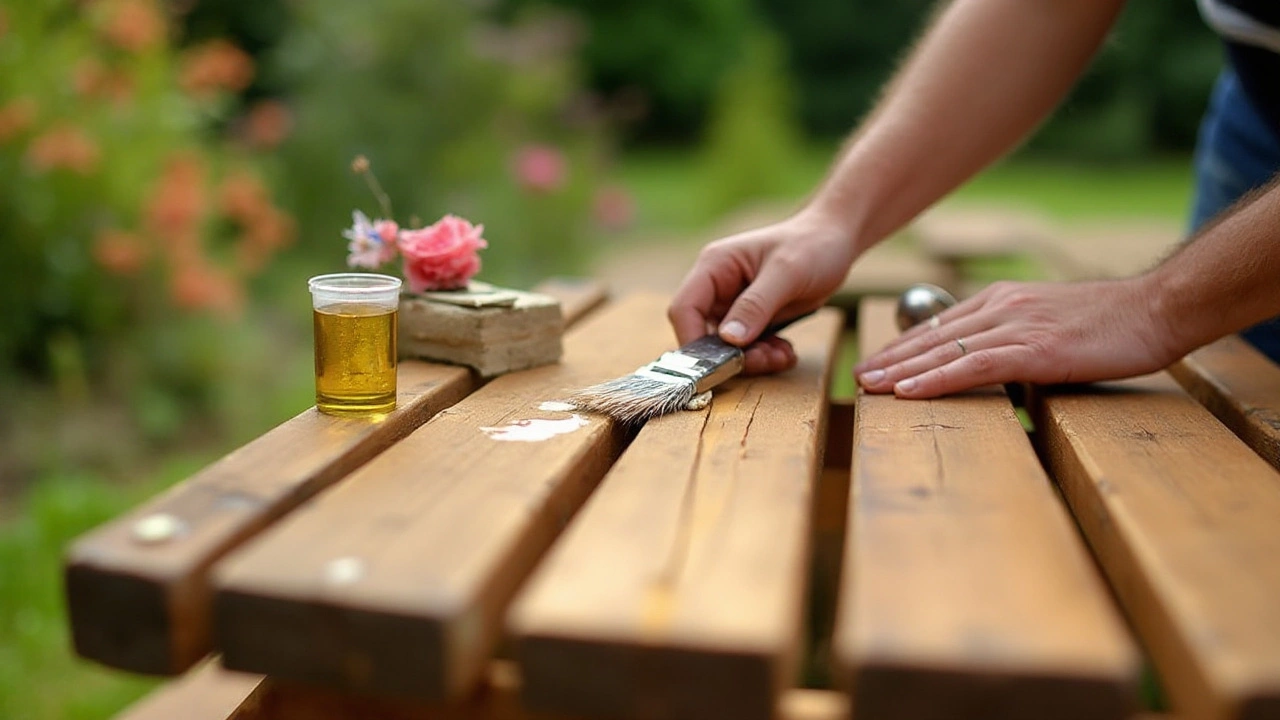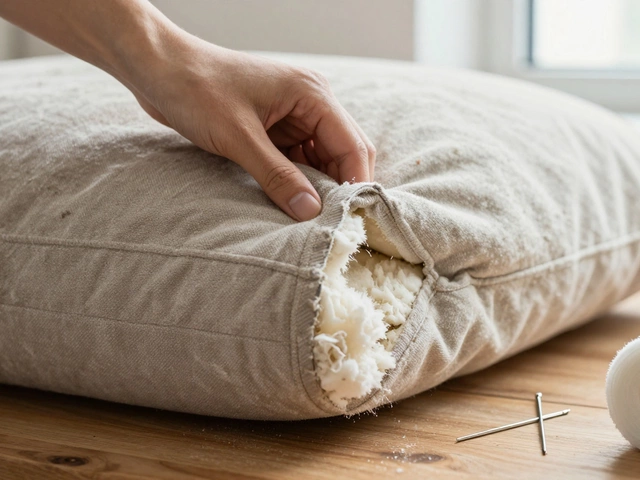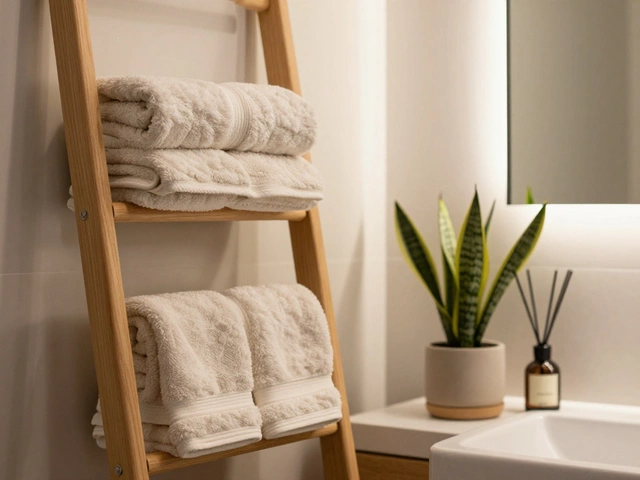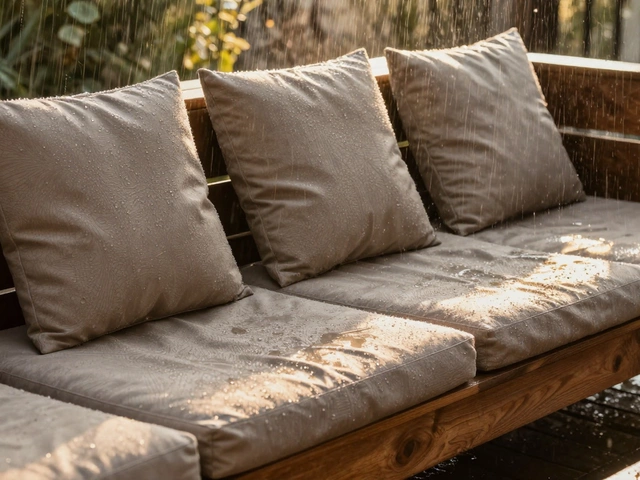Wood Care: Essential Tips for Maintaining Your Home’s Wooden Surfaces
When working with wood care, the practice of cleaning, protecting, and preserving wood in homes and furniture. Also known as wood maintenance, it helps keep grain vibrant, prevents decay, and extends the life of valuable pieces.
Effective wood finishing, the application of stains, sealants, or varnishes to create a protective layer is a core part of any wood care routine. Paired with furniture maintenance, regular cleaning, tightening, and minor repairs of household items, you get a holistic approach that tackles both surface wear and structural integrity. When the wood shows deeper damage, wood restoration, the process of repairing scratches, dents, and rot to bring pieces back to their original condition steps in. Together, these practices form a continuous cycle: clean, protect, polish, and repair, ensuring that every piece stays as impressive as the day it arrived.
Why Wood Care Matters in Every Home
Wood is a living material; it reacts to humidity, sunlight, and everyday use. Ignoring proper care leads to fading, cracks, and even structural failure. By applying the right finish, you create a barrier against moisture, which wood care directly addresses. A well‑chosen finish also enhances natural grain, making a simple coffee table a focal point in the living room. Furniture maintenance keeps hinges, drawer slides, and legs functioning smoothly, preventing accidents and prolonging usability. When restoration is needed, sanding, filling gaps, and re‑staining revive pieces that might otherwise be discarded, saving money and reducing waste.
Tools play a big role. A soft‑bristle brush or microfiber cloth removes dust without scratching. Quality sandpaper, ranging from 120 to 320 grit, smooths surfaces before a new coat. For polishing, a low‑abrasive wax or polyurethane gives a durable shine. Many homeowners also use a humidity gauge to monitor indoor levels; keeping relative humidity between 40‑60% minimizes wood movement. These practical steps link directly to the topics covered in our article collection – from DIY foundation repair that teaches how to assess structural integrity, to loft conversion guides that explain how added weight can affect existing wooden joists.
Seasonal considerations are another piece of the puzzle. In winter, wood can dry out, so a light oil finish helps retain moisture. Summer’s higher UV exposure calls for a UV‑blocking sealant to prevent fading. Knowing when to reapply a finish – typically every 2‑3 years for high‑traffic areas – keeps wood looking fresh. Our posts on “Best Curtain Colors to Make Any Room Look Bigger” and “Top Lights That Mimic Natural Sunlight” complement wood care advice by showing how lighting and color choices affect the perception of wood tones, helping you design spaces that showcase your polished surfaces.
Safety shouldn’t be overlooked. When polishing, work in a well‑ventilated area and wear gloves to avoid skin irritation from chemicals. Choose low‑VOC (volatile organic compound) finishes to protect indoor air quality; this aligns with our broader focus on healthy home environments, as seen in articles about mold‑resistant foundations and sustainable curtain fabrics.
Budget‑friendly options exist for every step. A simple vinegar‑water solution cleans grime without harsh chemicals. For a quick shine, a dash of lemon oil restores luster on wooden kitchen cabinets. If you’re comfortable with DIY, our “How to Modernize an Old Table” guide walks you through sanding and re‑staining a sideboard, turning an outdated piece into a modern staple. For larger projects like restoring historic floorboards, professional services may be worth the investment – a topic we explore in depth in the “Builder vs Construction Company” article, helping you decide when to call in experts.
Ultimately, wood care is about respect for craftsmanship. Whether you’re preserving a family heirloom or maintaining a fresh‑painted floor, the principles remain the same: clean gently, protect wisely, repair promptly, and enjoy the natural beauty of wood. Below, you’ll find a curated selection of articles that dive deeper into each of these areas, offering step‑by‑step guides, cost breakdowns, and design inspiration to help you become confident in caring for all the wooden elements of your home.
Enhance Your Garden Furniture with Proper Oiling Techniques
Oiling garden furniture can be an essential step in maintaining its beauty and durability. It helps protect wood from environmental damage and can revive its natural luster. The choice of oil and application technique can greatly influence the outcome. By understanding the different types and benefits of oils, you can ensure your garden furniture remains attractive and long-lasting. Explore the reasons, methods, and tips for successfully oiling your outdoor pieces.
full article




